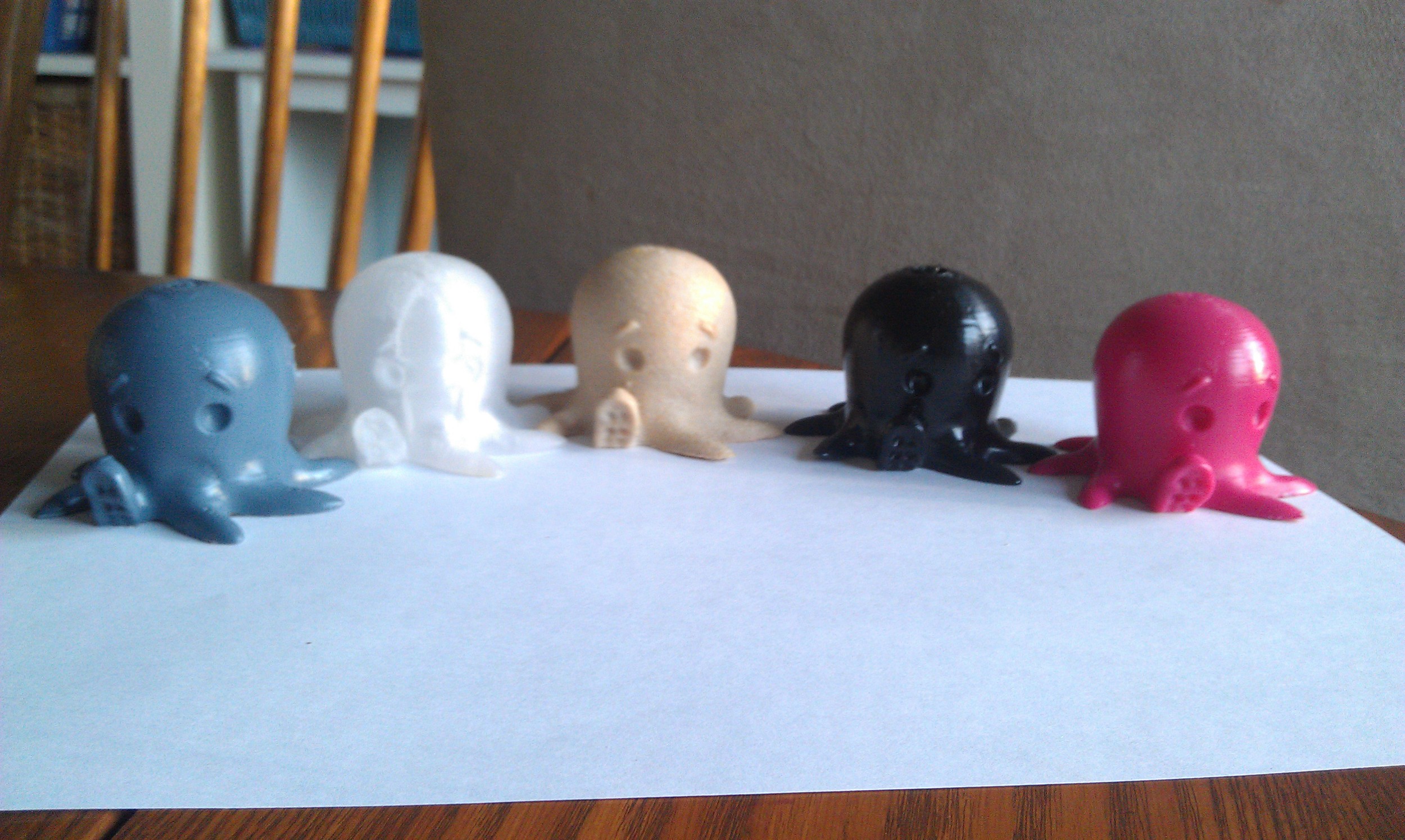
Matthew Gorton of PrintedSolid seems to have found a way to smooth PLA prints.
Up to now most enthusiasts interested in smoothing prints used Acetone vapor to smooth ABS plastic prints. But the technique did not work on PLA plastic. Chemistry, you know.
Acetone is used by some to finish ABS prints into a smooth, glossy surface. The acetone vapor, created by heating liquid Acetone in a chamber, slightly softens ABS plastic. After an appropriate amount of time immersed in Acetone vapor, ABS objects are removed and re-solidify with smooth surfaces. It’s a semi-dangerous activity, as Acetone is flammable and toxic, but many take the right precautions and get the job done. But it doesn’t work with PLA.
Gorton knew there were exotic and even more toxic chemicals (Tetrahydrofuran) that can work with PLA in a similar manner, but THF is not something we’d want in our lab.
So what can one do to smooth a PLA print beyond manual sanding or hours of jiggling in an abrasion shaker? Gorton tested Ethyl Acetate, which is sometimes found in paint stores, as it can be used as a thinner.
He tested several species of PLA, including ColorFabb’s popular WoodFill product (which discolored) and found smoothing did actually occur. With some tuning of immerse durations, it’s likely this approach can be used to smooth PLA.
Ironically, some people use PLA because of potential safety issues with ABS plastic fumes floating around their unventilated homes or offices. Using Ethyl Acetate in the same location slightly increases the danger factor, as it has safety characteristics similar to Acetone.
Can someone please build an inexpensive smoothing tank that safely contains the smoothing agent?
Via Printed Solid

